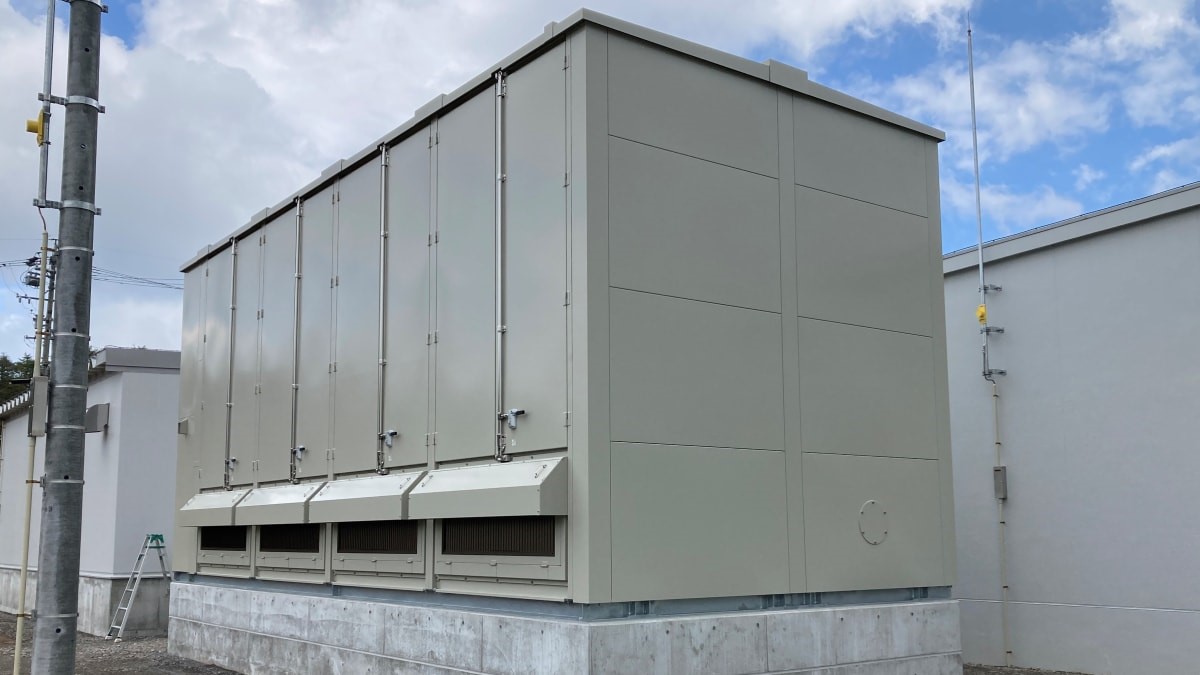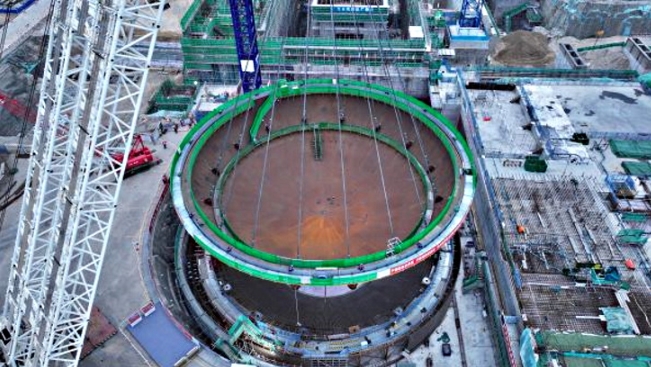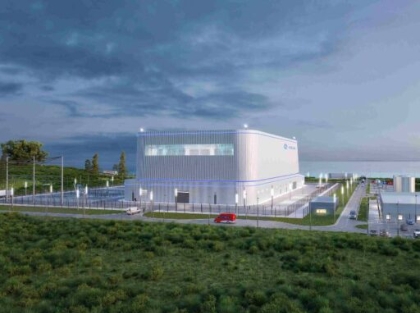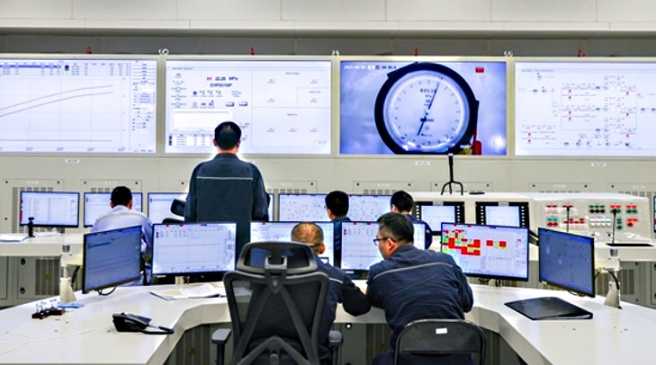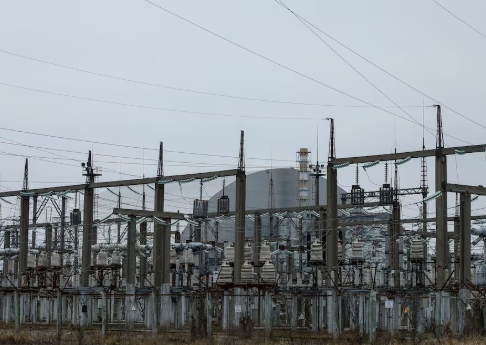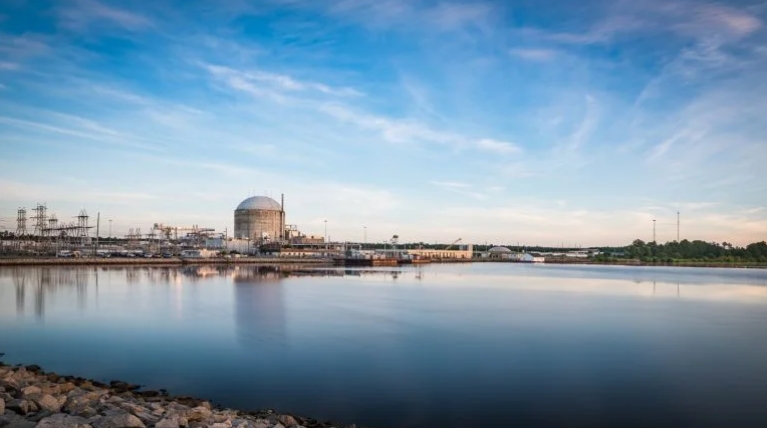Ground operations for the aviation and space exploration sectors will be powered with the help of non-lithium battery technologies in the Netherlands and Japan.
The Japan Aerospace Exploration Agency’s ground station, MDSS, has been equipped with a sodium-sulfur (NAS) battery-based energy storage system, provided by Japanese company NGK Insulators.
MDSS is deep in the mountains of the northern Japanese prefecture Nagano, hosting one of the world’s largest antenna systems and communicating with space probes for over 30 years.
Upgrades to its key equipment, such as fitting a new antenna with better reception capacity to help track today’s more advanced space exploration missions, began in 2021 and will be complete in 2024.
As part of that effort, NGK Insulators, which is the developer of the proprietary NAS high-temperature electrochemical storage technology, was contracted by industrial machinery company Meidensha Corporation to supply a 1,200kW/8,640kWh battery energy storage system (BESS) for the site.
The energy storage system is capable of long-duration discharge and high energy capacity, and its main applications will be threefold.
The first is to serve as an emergency backup source of power for crucial equipment at the space station, such as the antenna. The second is as a different sort of backup: to maintain the MDSS’ voltage against instantaneous drops, which could be caused, for example, by lightning strikes.
Finally, the battery system will be charged at off-peak times and the stored energy discharged for use when demand peaks, helping to level the overall load of the ground station’s power consumption versus available supply.
NGK announced yesterday that the NAS system was completed late last year and began operation on 15 December 2022. The project follows another that NGK delivered for the Japan Aerospace Exploration Agency (JAXA), at a rocket launch site in southern Japan. As reported by Energy-Storage.news in February 2021, that one is a 2.4MW/14.4MWh system.
NAS battery storage has been commercially available since 2002 and used in around 4GWh of projects worldwide – in fact until the boom in lithium-ion installations, it was considered the most widely-used grid-scale electrochemical battery technology in the world. NGK is in a partnership with the energy division of chemicals company BASF to commercialise and deploy the technology around the world.
‘Double win’ on emissions and air pollution
Over in Europe, ground operations at Amsterdam’s Schiphol Airport will be kitted out with a flow battery energy storage system from US technology provider ESS Inc.
Like NGK, ESS Inc is the holder of IP for its proprietary technology, which, unlike most flow batteries on the market, uses iron and saltwater electrolytes rather than a vanadium solution, stored in tanks that can be scaled up to provide greater capacity.
ESS Inc has been racking up supply contracts in the US, recently licensed its tech to a partner in Australia, and opened its European offices last year.
At Schiphol, one of the company’s Energy Warehouse energy storage units will be installed during this quarter, helping to reduce the airport’s use of diesel to supply electricity to aircraft.
Currently, diesel is used to charge the Electric Ground Power Units (E-GPUs), battery systems that connect to airplanes parked at Schiphol. Obviously, that comes at the cost of air pollution and emissions, as well as being subjected to volatility in fuel prices.
The ESS Inc project is part of TULIPS, a European Union-backed programme to develop innovative low-carbon solutions for mobility and aviation, while Schiphol Airport itself is targeting zero-waste and zero-emissions status by 2030. A total of 17 different demonstrators including the iron flow battery system are being deployed at the airport.
ESS did not disclose the sizing and capacity of the system to be deployed, but its Energy Warehouse unit is the company’s smaller product aimed at the commercial and industrial (C&I) market, as a counterpart to its larger Energy Center, for grid-scale and utility applications.
The Energy Warehouse data sheet shows it to be a 75kW/400kWh unit with sub-second response times, capable of more than 20,000 cycles without performance degradation over an expected 25-year lifetime.
“If this pilot is successful, this is a double win as it both reduces our carbon footprint and reduces air pollution,” Royal Schiphol Group manager of innovation Oscar Mann said.
Why these technologies?
In the case of Schiphol Airport, ESS Inc said the iron flow battery’s safety and sustainability profile was key. Flow batteries do not go into thermal runaway as lithium batteries can if overcharged or physically abused, meaning there is no or minimal fire or explosion risk from being installed close to where aircraft will be.
The iron flow battery’s electrolyte is also non-toxic, unlike some other flow battery chemistries, such vanadium, where vanadium pentoxide is dissolved in sulphuric acid.
Meanwhile NGK said that its devices went through a lengthy evaluation process before selection for the MDSS antenna station, including through its previous project for JAXA. The technology was ultimately selected due to its large energy storage capacity enabling long duration discharge, particularly as the space station is in a remote mountainous area of Japan. Equally, the NAS battery’s tolerance of difficult environments and competitive lifecycle cost were evaluated at length, NGK said.
